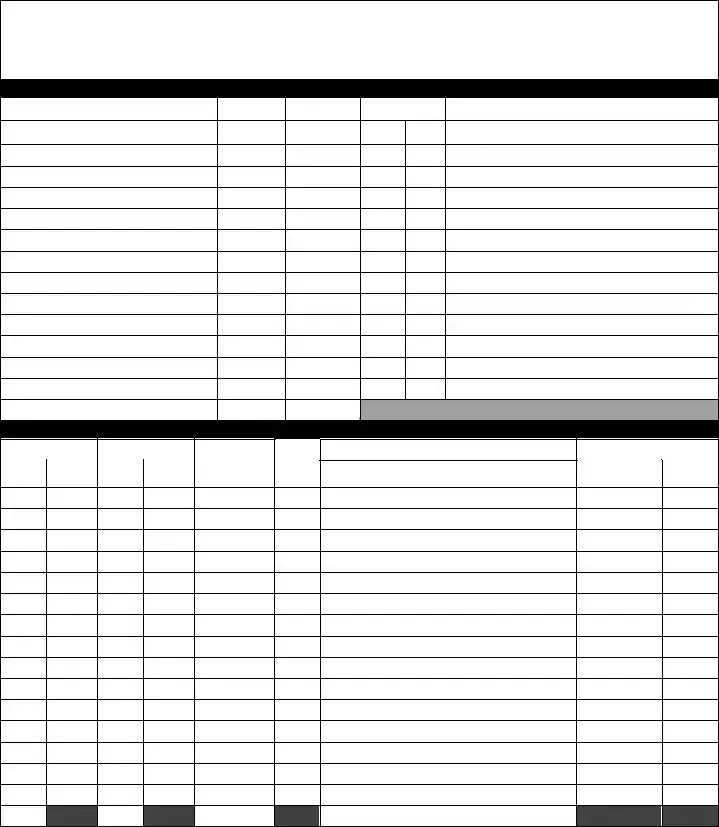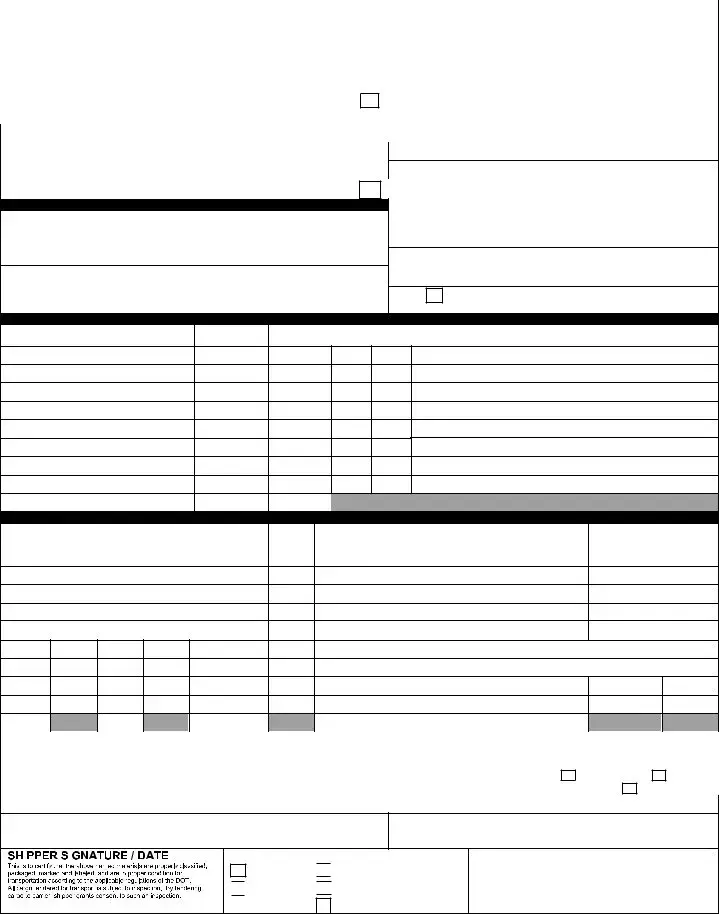Download Bill of Lading with a Supplement Template
The Bill of Lading with a Supplement form serves as a critical document in the shipping industry, detailing the terms and conditions of cargo transport. It acts as a receipt for goods, a contract between the shipper and carrier, and can include additional provisions through its supplement. Understanding this form is essential for anyone involved in the logistics and transportation sectors.
Open Bill of Lading with a Supplement Editor


 to certify that the above named materials are properly classified, packaged, marked and labeled, and are in
to certify that the above named materials are properly classified, packaged, marked and labeled, and are in proper condition for transportation according to the applicable regulations of the DOT.
proper condition for transportation according to the applicable regulations of the DOT.
 By Shipper
By Shipper
 By Driver
By Driver 
 By Driver/pallets said to contain
By Driver/pallets said to contain